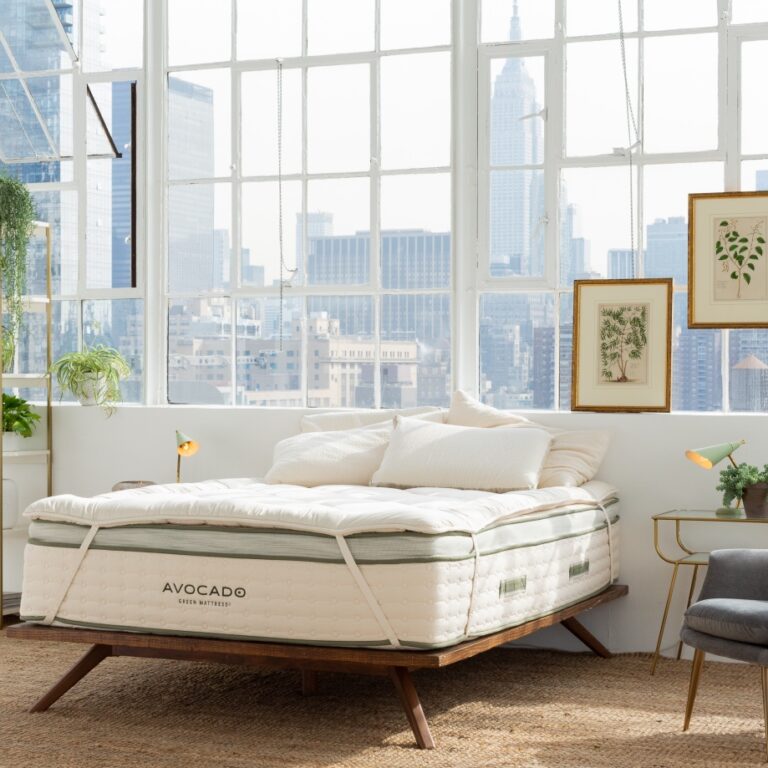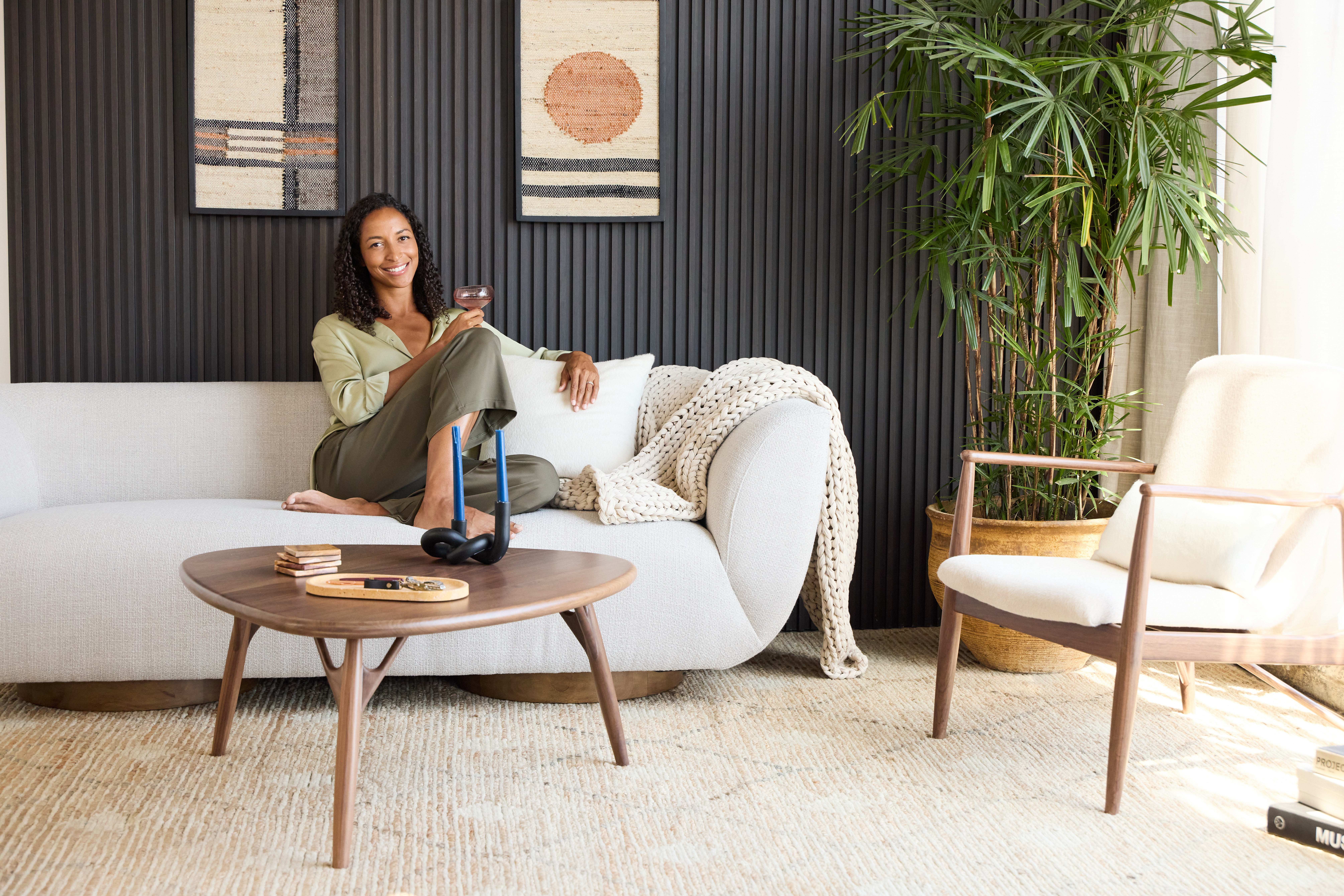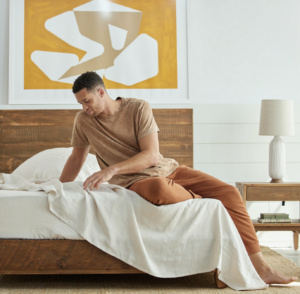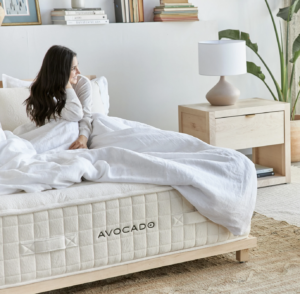We all know the feeling: a cluttered desk, a countertop covered in artifacts from a busy week, a laundry chair that never empties. It’s not just a visual nuisance—it can also affect how we feel. In a world of overstimulation and overflowing to-do lists, our eyes and minds are constantly on. But what if the key to feeling calmer, more focused, and even more creative was as simple as creating space?
Enter: visual rest.
Just like our bodies need rest, so do our eyes and nervous systems. Visual rest refers to the calm that comes from uncluttered, minimally stimulating environments—spaces that give the eyes a break and the brain a breather. And when we incorporate this concept into our homes, it becomes more than an aesthetic—it’s a wellness practice rooted in intentional design.
What Is Visual Rest?
Visual rest is what happens when your eyes encounter spaciousness: a clean wall, an empty corner, a smooth wooden tabletop with only a vase of flowers. It’s that exhale moment—the internal sigh of relief that comes with not having to process so much at once.
Per design psychologist Dr. Sally Augustin, “simpler visual environments allow our minds to process less, which in turn helps us feel more in control, less stressed, and even more productive.” In other words, visual simplicity equals mental clarity.
In our homes, this can look like:
- A bedside table with only the essentials
- A bookshelf with intentional negative space
- A kitchen counter free from appliances
- A neutral palette with minimal patterns
These design choices don’t just look good. They help us feel better—and they help our homes support us.
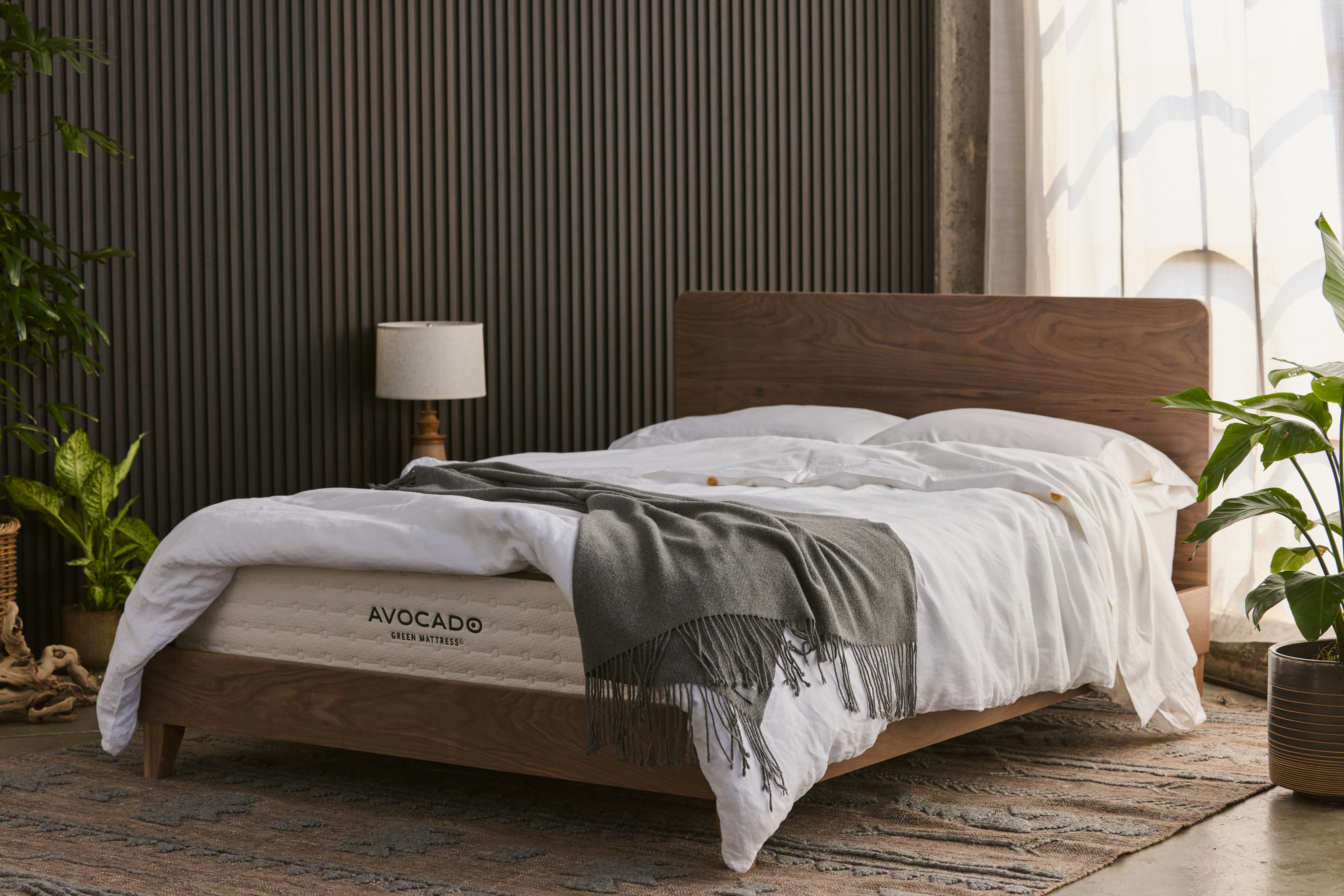
Read More: How to Create a Low-Cortisol Bedroom Aesthetic
Minimalism as Nervous System Care
While minimalism often gets lumped in with trends or aesthetics, at its core it’s about intentionality—and that can have real benefits for our mental health. Clutter has been linked to higher cortisol levels, especially in women, according to a UCLA study. Visual noise activates our stress response, signaling that there’s more to manage and less capacity to relax.
A clean countertop, then, becomes more than a design choice. It’s nervous system care. It’s a subtle but powerful message that says: you can breathe here.
This is especially powerful in places of transition—entryways, bathrooms, bedrooms. These zones become reset buttons in the home: places to pause, regroup, and soften.
Designing your home to support visual rest isn’t just about what you see—it’s about how your space makes you feel.
Where Design and Daydreaming Meet
When our eyes aren’t busy processing clutter, our minds have more freedom to wander. That mental space—the in-between where ideas form and creativity sparks—is where daydreaming happens. It’s a kind of rest that’s not quite sleep, not quite focus, but something looser and more fluid.
Neuroscientists call this the “default mode network,” a brain state activated when we’re not actively focused on anything in particular. It’s linked to memory consolidation, self-reflection, and imagination (Raichle, 2015). In other words, letting your mind drift isn’t lazy—it’s deeply regenerative.
Creating a visually restful home can help cue this state more often. Soft textures, natural light, and wide open wall space invite a mental downshift. Think of it as giving your brain a staycation.
How to Design for Visual Rest
The good news? You don’t have to overhaul your whole home or live like a minimalist monk. Visual rest can happen in small, simple ways that work with your lifestyle and design preferences.
Here are a few ideas to try:
1. Clear the Counters
Pick one surface—maybe the kitchen island or your nightstand—and remove everything but 1–2 intentional objects. A candle, a bowl of fruit, a small stack of books. The open space itself is the point.
2. Create a Quiet Corner
Find an unused corner or nook and turn it into a retreat. A floor cushion, a low light, a piece of calming art. It doesn’t need to be big—just somewhere that feels peaceful to your senses.
3. Limit Visual Input
In areas where you want to feel calm (like the bedroom), reduce visual noise. Choose solid or muted colors over patterns, opt for concealed storage, and leave some shelves empty.
4. Design With Intention
When decorating, ask: Does this item bring me ease, beauty, or utility? If not, consider letting it go—or storing it out of sight.
5. Embrace the Pause
Not every space needs to be filled. Let blank walls be blank. Let that negative space speak. It’s part of the design—and the healing.
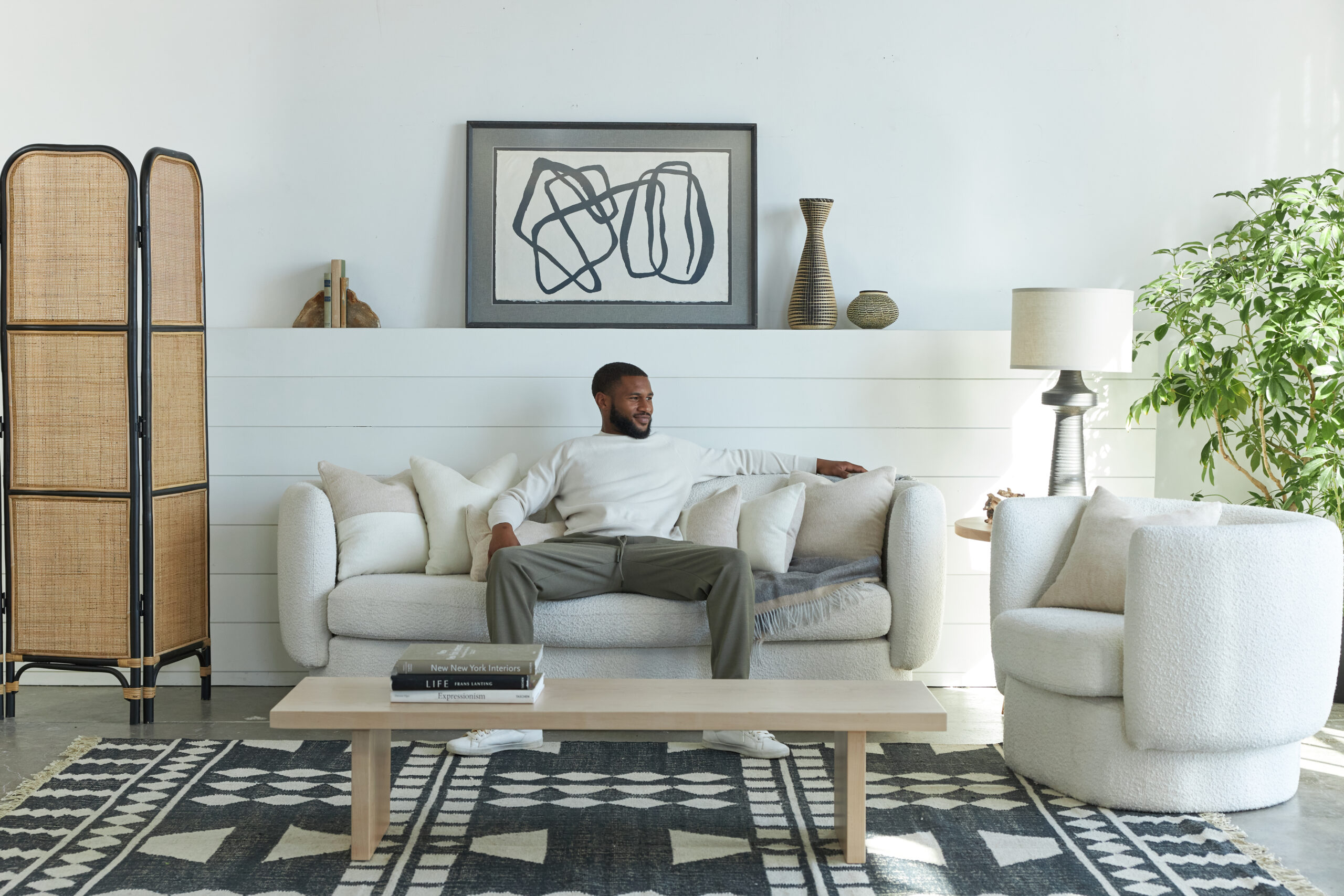
Read more: The Avocado Lookbook- Neutral Eclectic
Bonus: Nature as a Visual Reset
Natural elements—wood, stone, linen, plants—offer texture without chaos. They’re visually interesting but grounded. According to biophilic design research, exposure to nature-inspired materials can lower heart rate and support mental clarity.
Read More: Nature’s Touch: Enhancing Sleep Quality Through Biophilic Design
Avocado’s Zero Waste Collection is a great place to start—featuring pieces made from upcycled wood. Or, our organic cotton gauze throw blanket adds soft texture without visual overload, while our wooden bath accessories, yoga mats, and nightstands invite serenity into everyday routines.
Let your materials reflect the calm you want to feel. The more natural and organic they are, the more your mind will feel grounded and at ease.
Design for Restoration
Color and lighting play a huge role in visual rest. While bright or heavily patterned spaces can feel exciting, they also keep our senses engaged. For rooms meant to invite restoration—like bedrooms, bathrooms, or reading nooks—opt for subdued palettes, matte finishes, and gentle contrasts.
Stick with soft whites, earthy neutrals, and gentle pastels. Avoid busy wallpaper or clashing prints in key rest zones. Texture can add warmth without visual chaos, like chunky knits or raw linen.
The same goes for lighting. Harsh overhead lights or cool-toned LED bulbs can stimulate rather than soothe. Consider switching to warm bulbs, adding dimmers, and using layered lighting like sconces and lamps instead of ceiling fixtures.
Even something as simple as sheer curtains diffusing daylight can change the feel of a room. Think glow, not glare.
Why It Matters
We often think of wellness in terms of doing—movement, eating well, meditating. But what about seeing less? What about designing less? Visual rest invites us to shift from always doing to sometimes simply being.
When our homes support our nervous systems, they become more than beautiful—they become restorative. A clean surface becomes a deep breath. An empty shelf becomes an invitation to wonder. A sunlit room becomes a place where daydreams bloom.
Because in the quiet, the wandering begins. And in that space—free from clutter and full of possibility—we find not just better homes, but better selves.
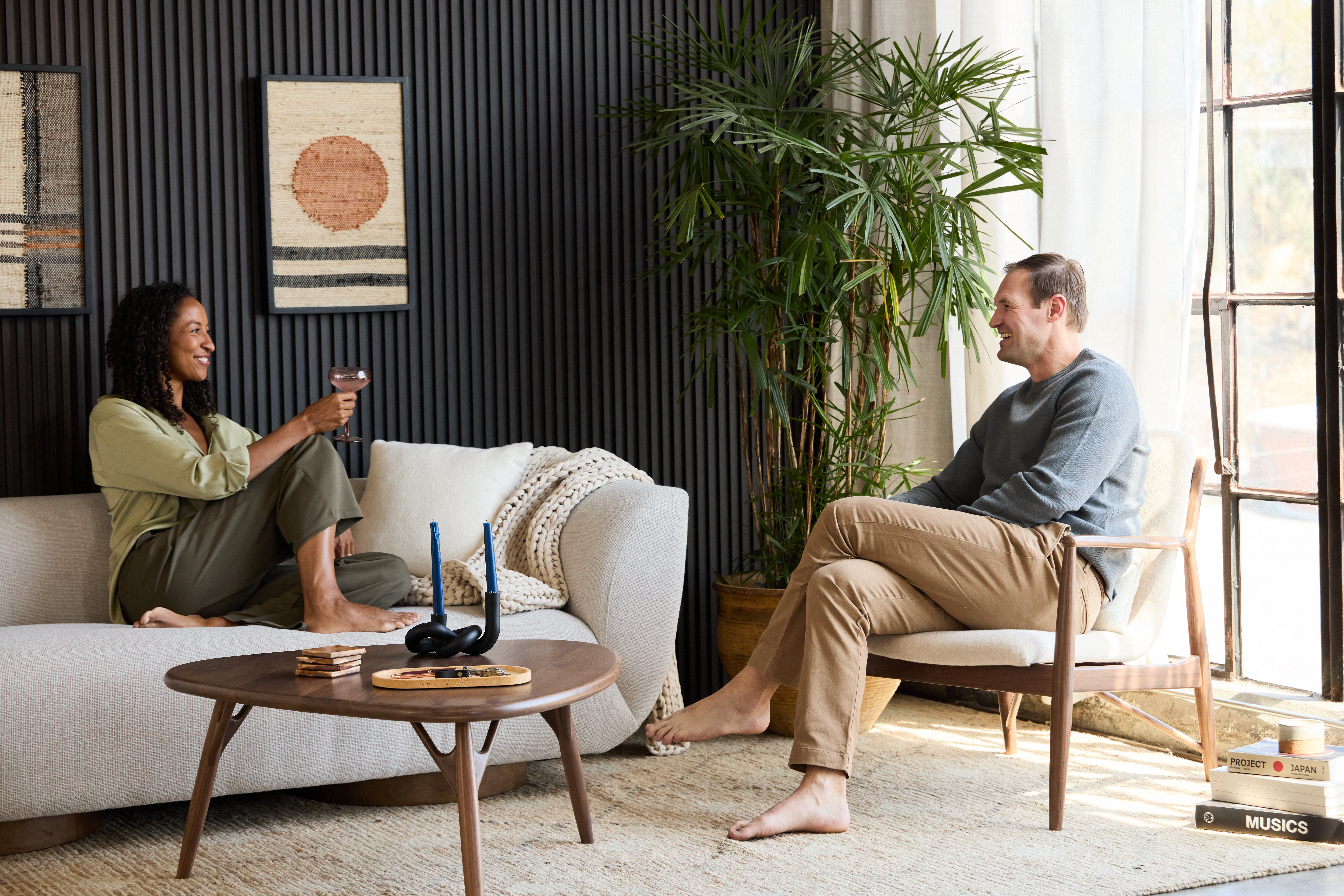
Read more: Is NAD+ the Answer to Improved Sleep Quality?
Have feedback on our story? Email [email protected] to let us know what you think!
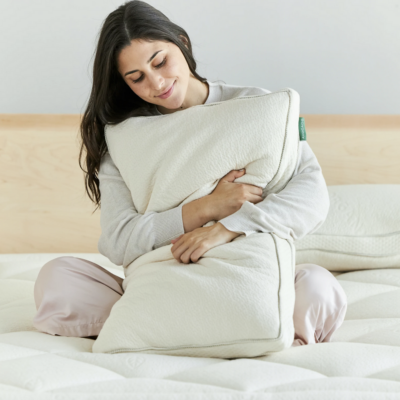
Shop Pillows
The Essential Organic Pillow Collection
Gentle, breathable, non-toxic support.


